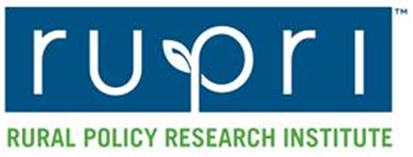The Pennsylvania Department of Health published the Pennsylvania State Health Improvement Plan (SHIP) that outlines goals, objectives, and strategies to improve the health of all Pennsylvanians over the next five years. This unveiling of the plan coincided with National Public Health Week, April 3 through April 9.
The 2023-2028 SHIP was developed in collaboration with the Healthy Pennsylvania Partnership (HPP), with support from Harrisburg University. The HPP is made up of nearly 300 health care professionals, associations, health systems, health and human services organizations, community collaborations, local public health agencies, government agencies, and others focused on improving health outcomes across the Commonwealth.
“The Department’s vision is to create a ‘Healthy Pennsylvania for All,’” said Dr. Debra Bogen, Acting Secretary of Health. “Achieving that vision will take all of us working with people and organizations across the Commonwealth to increase opportunities for people to access quality health care, impactful programs, and needed resources.”
Under the overarching goal of improving the health status and life expectancy of Pennsylvanians, and eliminating health inequities, there are nine goals in the 2023-2028 SHIP:
- Increase financial well-being, food security, and safe affordable housing;
- Increase community safety by reducing the number of violent incidences that occur due to racism, discrimination, or domestic disputes;
- Improve environmental health, focusing on environmental justice communities;
- Increase the population at a healthy weight through increasing availability and accessibility of physical activity and affordable nutritious food;
- Reduce the impact of tobacco and nicotine use;
- Increase access to medical and oral health care;
- Improve mental health and substance use outcomes through improved mental health services, trauma-informed trainings, and substance use interventions;
- Improve health outcomes through improved chronic diseases management; and
- Improve maternal and infant health outcomes by improving prenatal, perinatal, and postnatal care.
Pennsylvania Governor Shapiro’s 2023-2024 budget supports many of the SHIP’s goals by proposing investments in key areas like $2.3 million to expand maternal health programming and study ways to reduce maternal mortality and morbidity, $500 million over the next five years for mental health services for students, and $16 million to increase the minimum Supplemental Nutrition Assistance Program (SNAP) benefit by 50%, among other investments.
The SHIP acts as a road map for the HPP and others to improve health outcomes and eliminate health disparities by working across the continuum from the social determinants of health, preventative interventions, and accessing quality and culturally humble care.
More information on the SHIP can be found on the Department of Health’s website at State Health Improvement Plan (pa.gov) or follow us on Facebook and Twitter.


 This policy brief summarizes non-metropolitan and metropolitan health care providers’ participation in different tracks and subdivisions in the Centers for Medicare & Medicaid Services (CMS) Quality Payment Program and evaluates provider and patient-panel characteristics associated with financial risk acceptance.
This policy brief summarizes non-metropolitan and metropolitan health care providers’ participation in different tracks and subdivisions in the Centers for Medicare & Medicaid Services (CMS) Quality Payment Program and evaluates provider and patient-panel characteristics associated with financial risk acceptance.

